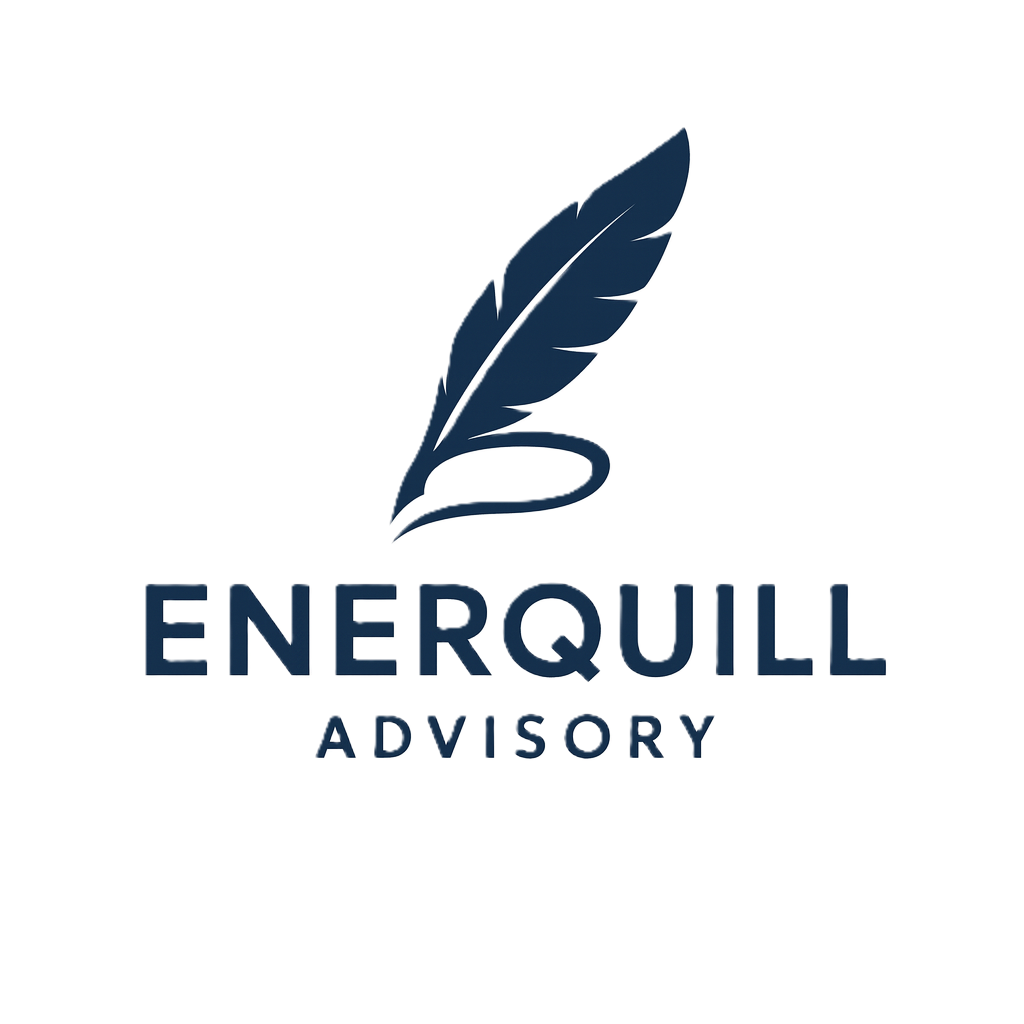Six Defining Messages from ADIPEC 2025
What happens when you bring thousands of leaders in energy, technology, finance and policy into one place for four intense days?
That’s essentially what ADIPEC 2025 is: a global barometer for how the energy system is really thinking about the future. This year in Abu Dhabi, the tone felt sharper, more grounded, and more aligned around a few big ideas.
From the sessions and side conversations, six themes stood out. They don’t capture everything, but they do reflect where much of the industry is heading.
1️⃣ From “Energy Transition” to “Energy Addition”
A recurring message was that the world is not moving toward less energy, but toward more energy from all available sources.
Speakers, including Dr Sultan Al Jaber, stressed that renewables will grow rapidly, but so will demand for oil, gas, nuclear and new energy vectors—especially given the pull from AI, heavy industry and fast-growing economies.
This reflects a move away from a simplistic “replace fossil fuels” story toward a system-wide view of what global development actually requires: security, affordability and sustainability at the same time.
Implication: Strategies should prioritise integration rather than substitution. Investors and policymakers need to think in terms of whole-system optimisation—how different energy sources, technologies and infrastructures work together.
2️⃣ AI as the New Energy Multiplier
If previous editions focused mainly on the physical energy transition, ADIPEC 2025 put a strong spotlight on the intelligence layer.
AI, automation and digital twins featured heavily. With data centres and compute requirements accelerating, many participants noted that traditional power demand projections are being revisited.
Energy companies are no longer asking whether to adopt AI, but how fast they can scale it and where it creates real advantage—across subsurface, operations, trading, customer interfaces and even national energy planning.
Implication: Investment and asset valuations increasingly need to treat digital capability as a core value driver, not a “nice to have”.
3️⃣ Capital, Capital, Capital: The Investment Gap
Another strong theme: capital has not yet caught up with ambition.
While demand remains robust and low-carbon technologies are scaling, many speakers highlighted concern that the world is under-investing in both traditional and new energy systems.
From LNG and gas infrastructure to grids, hydrogen, storage and digital networks, the consensus was that trillions of dollars in additional investment will be needed to deliver reliable, affordable and lower-carbon energy.
Emerging markets—particularly in Africa and Asia—were frequently cited as the next major arenas for energy demand growth and infrastructure build-out.
Implication: The organisations that succeed will be those that can mobilise capital at scale, structure robust partnerships and operate effectively in high-growth, often more complex geographies.
4️⃣ Oil & Gas: Not Decline, but Reinvention
Despite talk in some circles of a rapid decline, the tone at ADIPEC was more nuanced. Under most mainstream outlooks, oil and gas remain significant parts of the energy mix for decades, even in accelerated transition scenarios.
Participants pointed to firm oil demand, strong LNG dynamics and renewed upstream activity—driven by the need to balance affordability, energy security and emissions reduction.
Rather than “exit” strategies, many companies are talking about reinvention: positioning oil and gas portfolios to be lower-cost, lower-carbon and increasingly integrated with other energy and industrial value chains.
Implication: Upstream and LNG assets can still create substantial value—especially where they are resilient, cost-competitive, digitalised and connected to broader industrial or energy systems.
5️⃣ Decarbonisation with Pragmatism
Decarbonisation remained central, but the tone was noticeably pragmatic.
The focus was less on slogans and more on what can be delivered at scale, at acceptable cost, within realistic timeframes:
CCS is seen as an important tool, but not a universal solution.
Hydrogen opportunities are growing, but economics remain project- and context-specific.
Renewables are expanding fast, yet many stressed that grid readiness is now a major bottleneck.
Gas is often framed as a practical “bridge” or “balancing” fuel.
Nuclear is re-emerging in many national strategies.
The common thread: investors and boards are looking for bankable, executable decarbonisation pathways.
Implication: Companies need to embed decarbonisation into project design and valuation in a disciplined way—grounded in costs, technology readiness and system integration.
6️⃣ Partnerships Will Define the Next Decade
Finally, collaboration came through as a defining enabler.
Energy + Technology + Finance was a formula that surfaced repeatedly. National oil companies, IOCs, utilities, technology providers, AI firms, industrial players and financial institutions are increasingly working together to unlock complex projects.
Emerging markets—again, especially in Africa and parts of Asia—were highlighted as regions where partnership models will be essential to manage risk, mobilise capital and deliver large-scale infrastructure.
Implication: The next wave of value is likely to come from ecosystems of partners that combine capital, technical depth, digital capabilities and on-the-ground execution—rather than from any one player acting alone.
